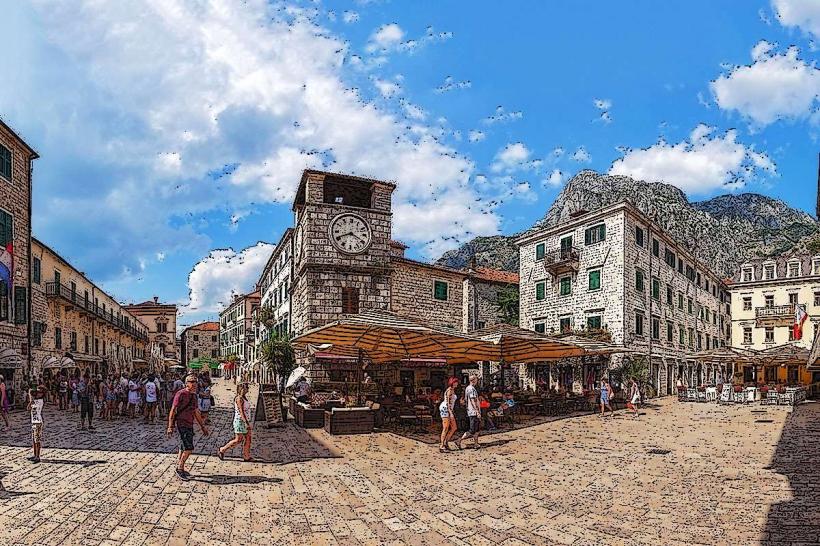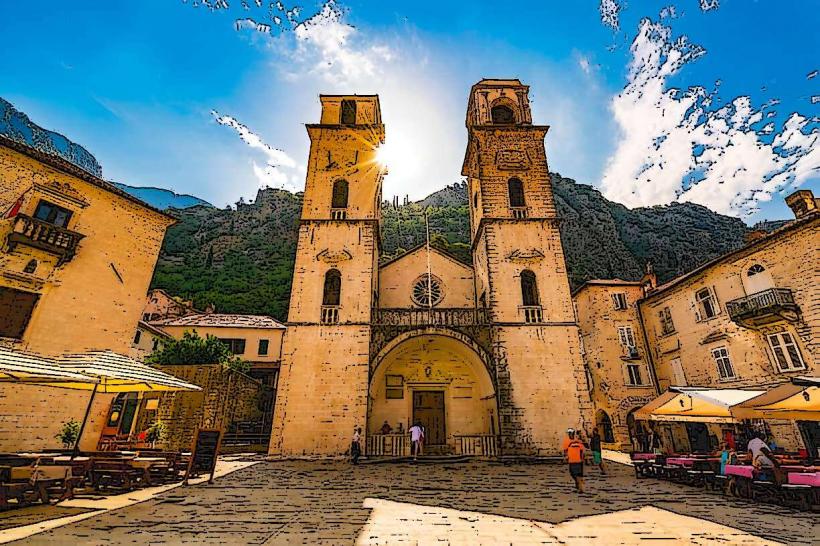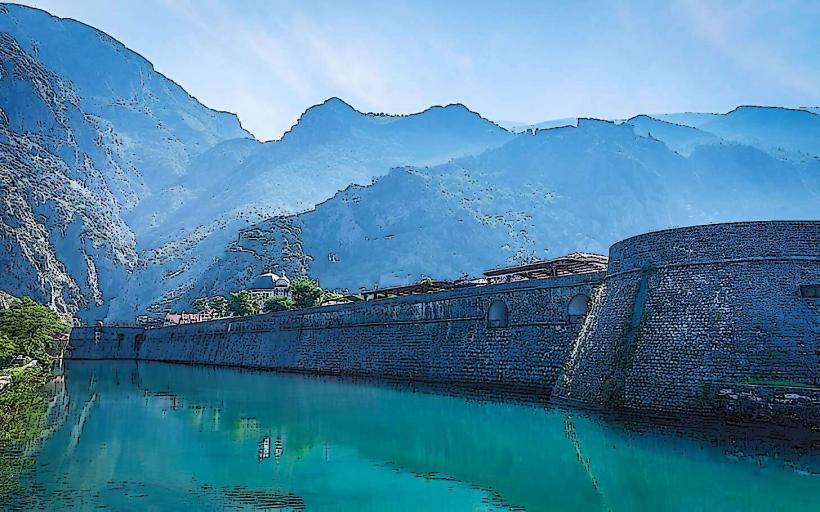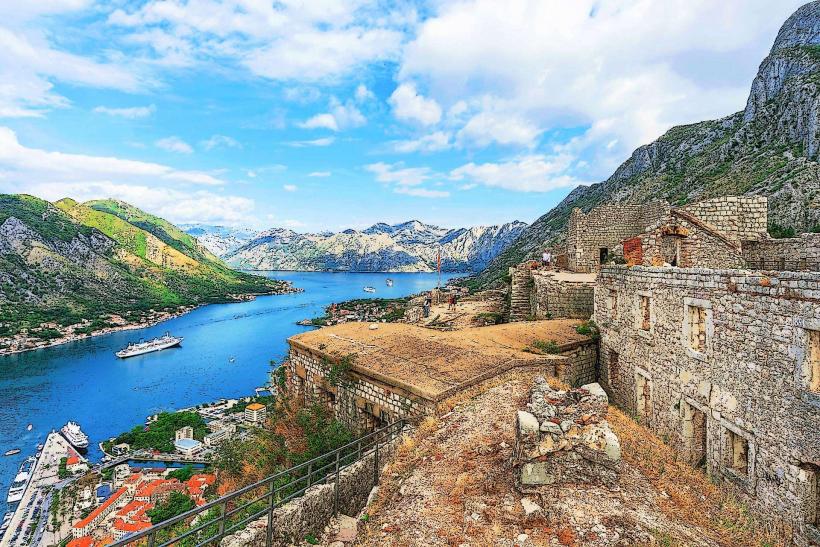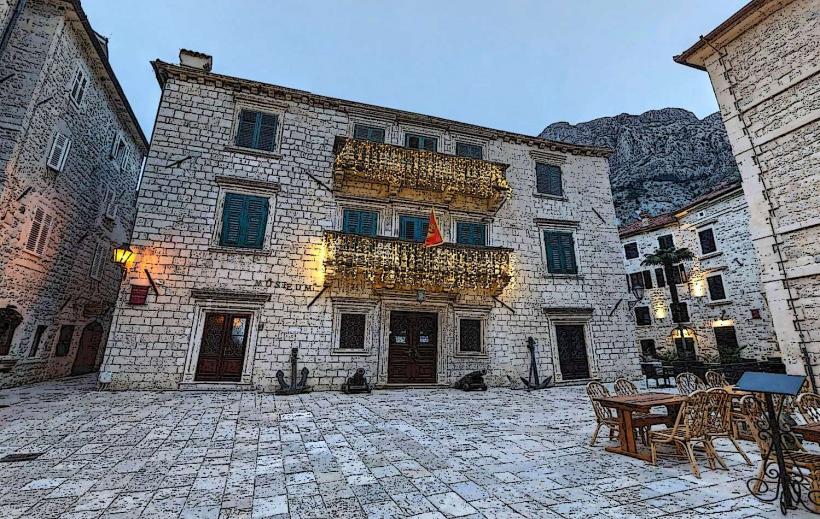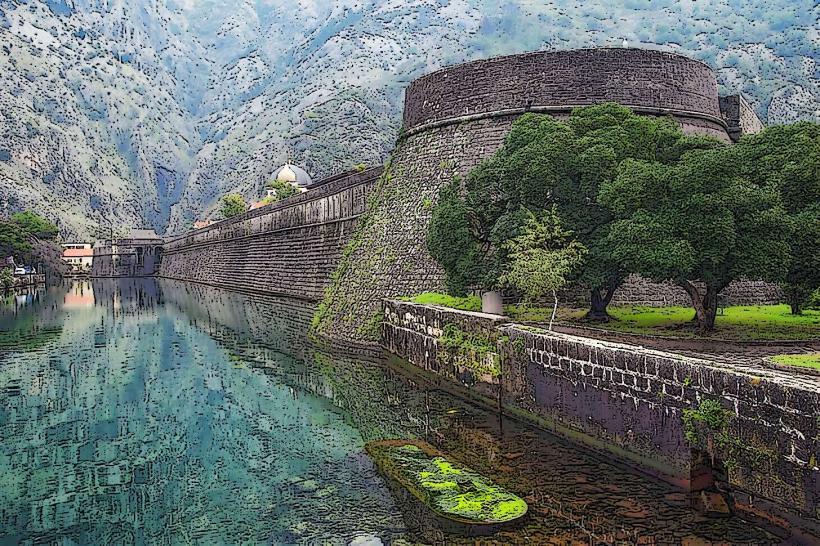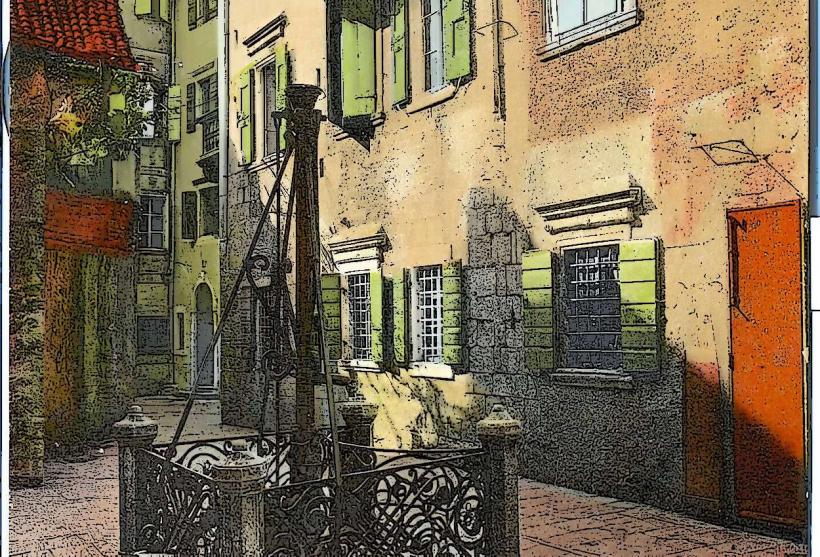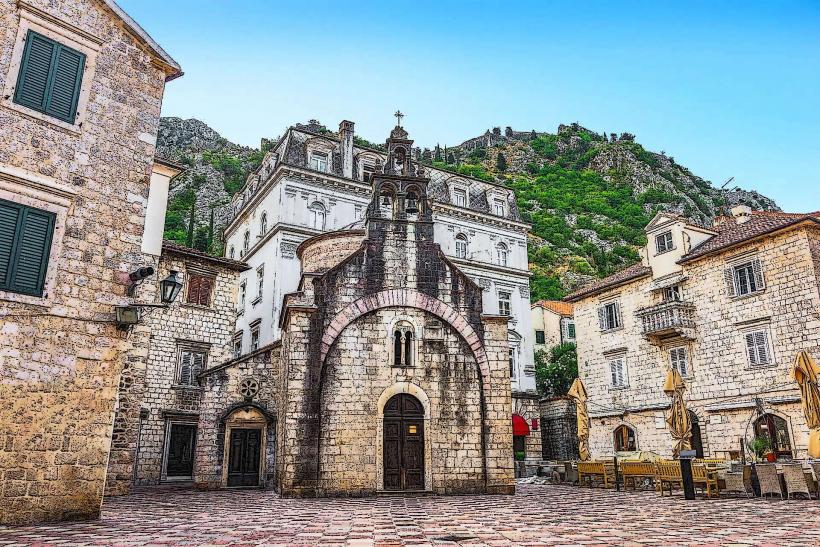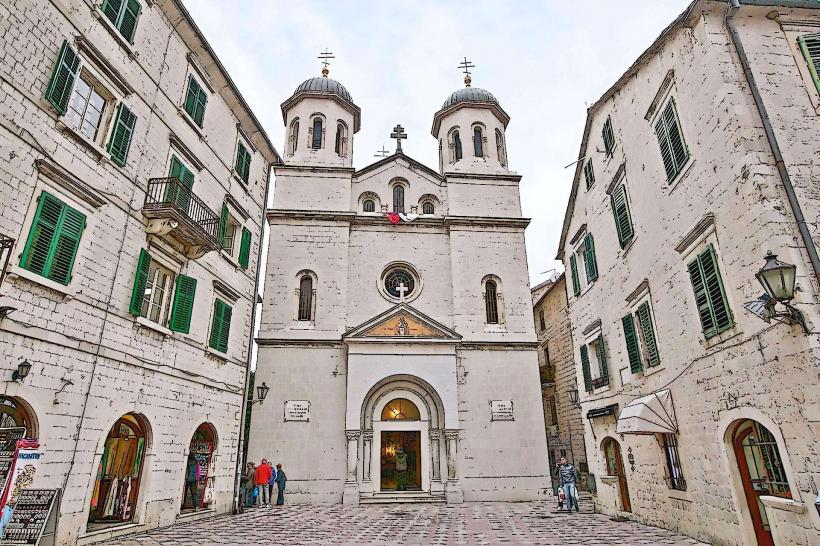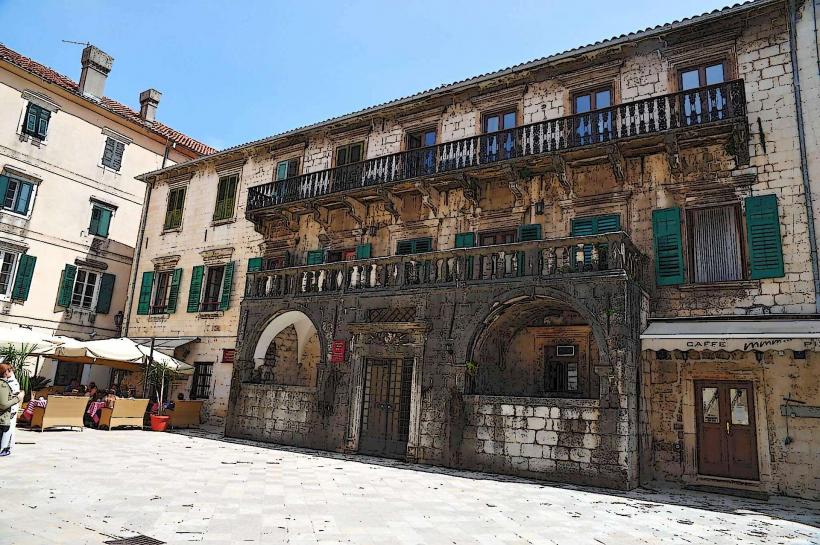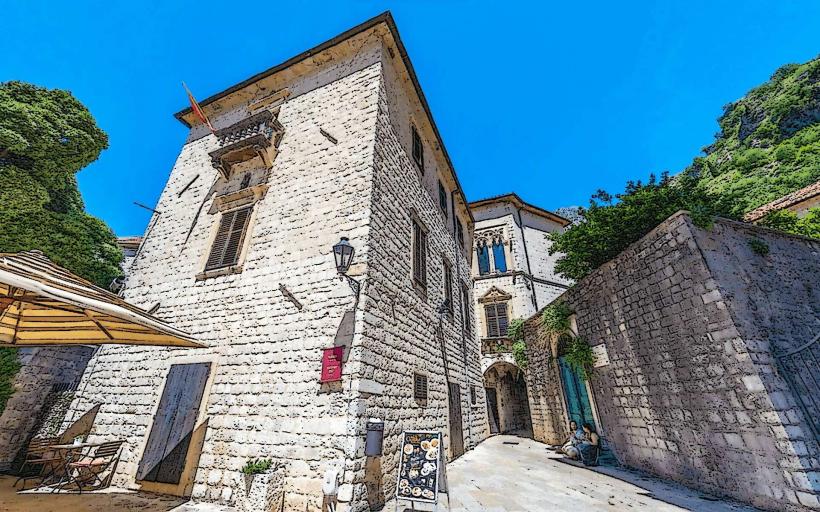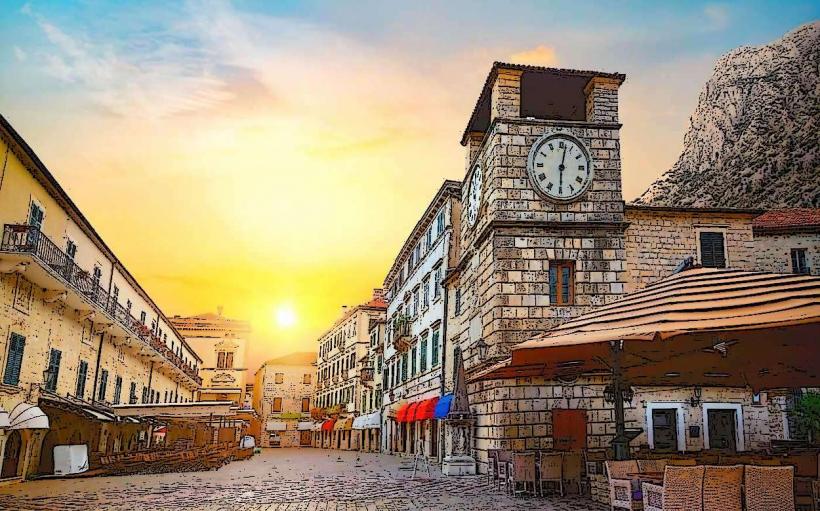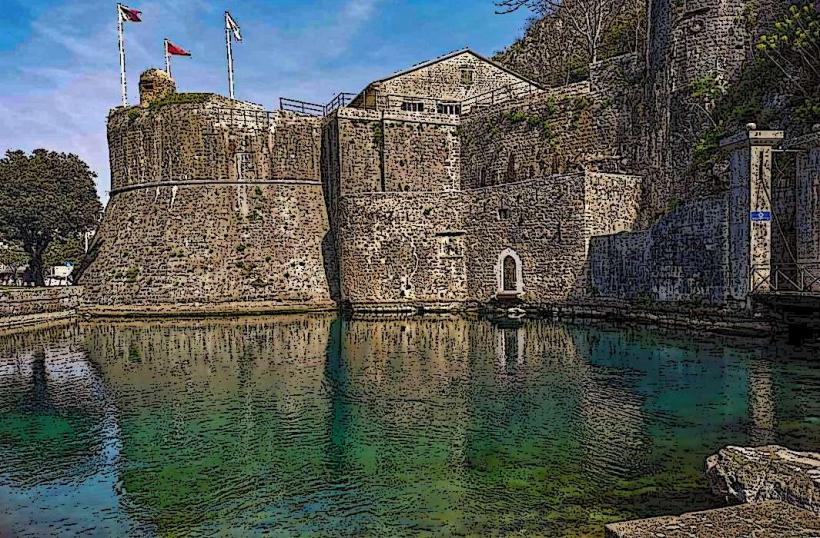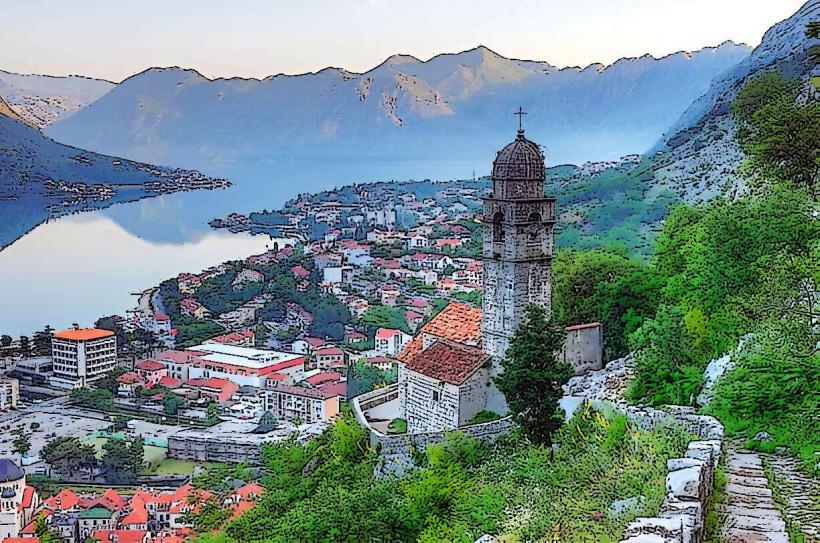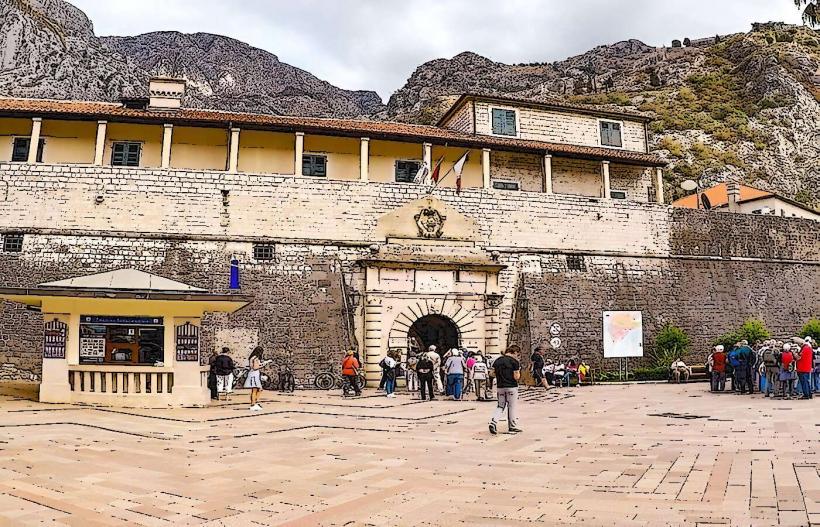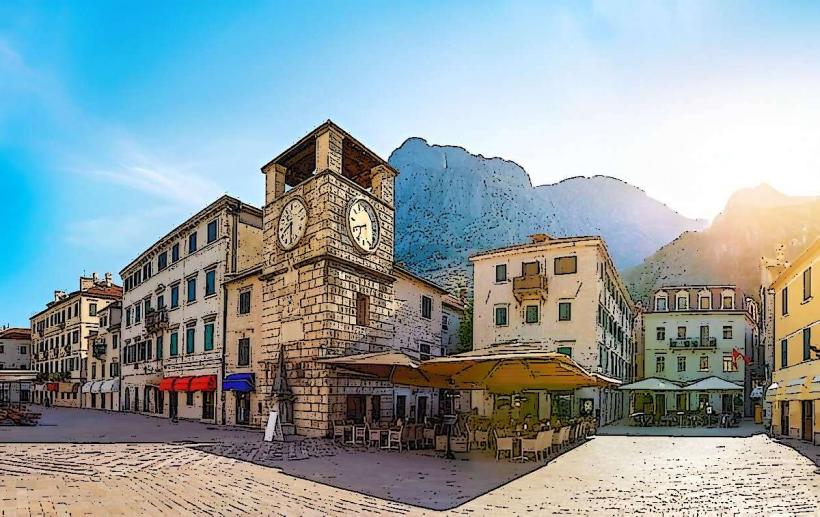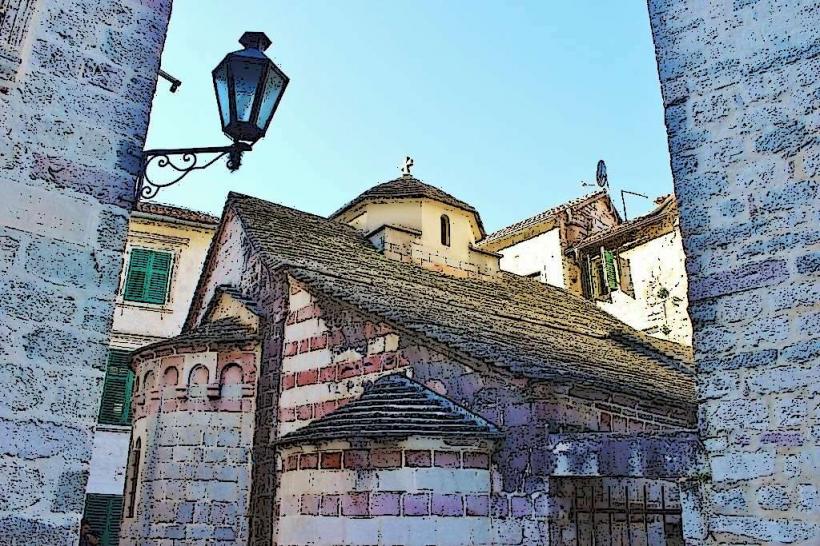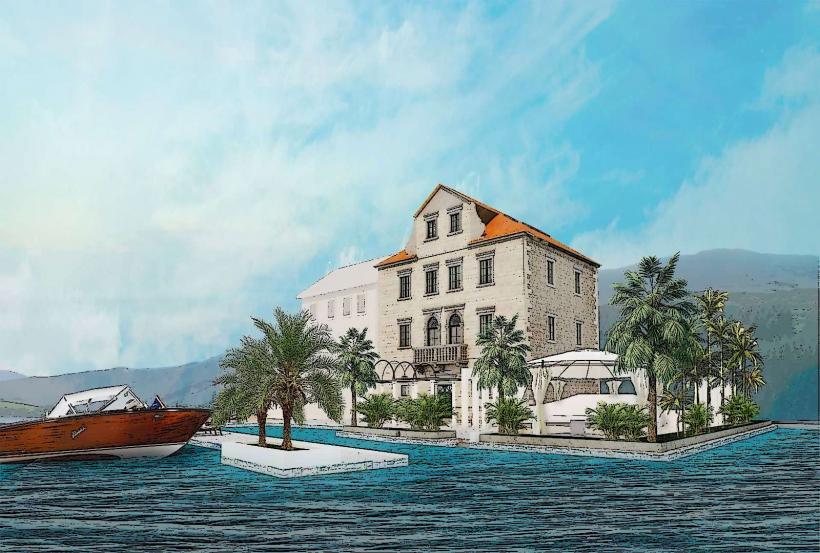Information
Landmark: Tripkovic PalaceCity: Kotor
Country: Montenegro
Continent: Europe
Tripković Palace (Palata Tripković) is an elegant historic building located in the Old Town of Kotor, Montenegro. Known for its architectural beauty, this palace represents the region's rich cultural heritage and the influence of various European architectural styles throughout its history. It is one of the more prominent palatial structures in Kotor, known for its Venetian-style architecture and its association with notable local families.
Historical Background
Tripković Palace was built in the 17th century, a period when Kotor was under the rule of the Venetian Republic. Like many other buildings from this era, the palace reflects the Venetian influence on Kotor's architectural landscape. The Tripković family, a prominent local family, commissioned the construction of the palace. This family was involved in the city's commercial, political, and cultural life during the Venetian era, and the palace became a symbol of their status and wealth.
The palace stands as a testament to the prosperity of Kotor during the 16th and 17th centuries, a time when the town was a key part of the Venetian Republic's trading network in the Adriatic. The city's strategic location in the Bay of Kotor made it an important maritime hub.
Architectural Features
The Tripković Palace is an excellent example of Venetian Renaissance architecture, with influences from both Baroque and local traditions. The building's design blends elegance and functionality, characteristic of noble palaces from the Venetian period.
1. Exterior Design
- The palace is a three-story building with a rectangular layout and a symmetrical façade. It incorporates stone carvings, arches, and large windows that are typical of Venetian architectural style.
- The facade is decorated with classic Venetian motifs, such as elegant arches and stone reliefs around windows and doors. The main entrance features a stone portal, giving it a stately and grand appearance.
- A distinctive feature of the palace is the large balconies on the upper floors, which overlook the bustling streets of Kotor’s Old Town, offering a view of the surroundings while also providing a space for socializing and enjoying the scenery.
2. Interior Design
- The interior of the palace reflects the wealth and status of the Tripković family, with richly decorated rooms, high ceilings, and ornate furnishings. The palace’s layout was designed for both functional living and entertaining.
- The palace likely had multiple rooms, including a grand hall, private chambers, and spaces for social gatherings, all designed to impress visitors and display the family’s opulence.
Cultural and Symbolic Significance
The Tripković Palace is a symbol of the historical wealth and prestige of the Tripković family and the Venetian influence on the town of Kotor. The palace represents the social elite of Kotor during the Renaissance and Baroque periods, when the town was thriving as part of the Venetian Republic.
1. Aristocratic Heritage
- The palace was a residence for the Tripković family, one of the wealthiest and most influential families in Kotor during the Venetian era. The family's involvement in trade and local politics contributed to their prominent position in Kotor’s society. The palace was designed to reflect their noble status.
- Over the centuries, the building has witnessed numerous events, including family gatherings, civic functions, and local celebrations, making it a key part of the town’s aristocratic heritage.
2. Architectural Legacy
- The Tripković Palace is a significant part of Kotor’s architectural history, showcasing the Venetian Renaissance style that influenced much of the region. It contributes to the aesthetic unity of Kotor’s Old Town, which is a UNESCO World Heritage Site.
- The palace also embodies the cultural exchange between Kotor and other parts of Europe during the Venetian Republic's rule. The wealth and influence of Venetian merchants, aristocrats, and nobility are reflected in the grand design of the palace.
Modern-Day Role and Preservation
Today, Tripković Palace remains a part of Kotor’s historical fabric. While it is not open to the public for general tours, the building is preserved as part of the town’s architectural heritage.
1. Private Ownership
- The palace is privately owned, and its use may still be associated with residential or other private purposes. However, its historic significance is recognized, and the building is carefully maintained to preserve its architectural features.
- While it is not open for public tours, visitors to Kotor can still admire the palace’s façade from the streets of the Old Town, where it adds to the charm and character of the area.
2. Part of Kotor’s UNESCO World Heritage
- As a part of the Old Town of Kotor, the Tripković Palace is included in the UNESCO World Heritage Site designation for the town. This designation ensures that the palace and other historical buildings in the Old Town are protected and preserved for future generations.
- Preservation efforts have focused on maintaining the historical authenticity of the palace, including the restoration of its facade, balconies, and interior details.
Visiting the Palace
- Location: Tripković Palace is located in the Old Town of Kotor, in a prominent position that is easily accessible to visitors exploring the city’s historic center. It is situated near other important landmarks, including St. Tryphon’s Cathedral and the City Walls.
- Access: The palace’s exterior can be admired from the streets around the Old Town. However, since it is a private residence, there is no public access to the interior.
- Nearby Attractions: Visitors to Kotor can explore the surrounding streets, churches, and squares, all of which contribute to the town’s rich cultural and historical atmosphere.
Conclusion
The Tripković Palace stands as a beautiful example of Venetian Renaissance architecture and an important symbol of Kotor’s noble heritage. Built in the 17th century by the influential Tripković family, the palace reflects the wealth and status of the local elite during the Venetian era. While it is no longer a public space, the palace’s architectural beauty and historical significance continue to make it an essential part of Kotor’s Old Town. Its preservation as part of the town’s UNESCO World Heritage Site ensures that future generations can appreciate the grandeur and legacy of Kotor’s aristocratic past.

